in memoriam
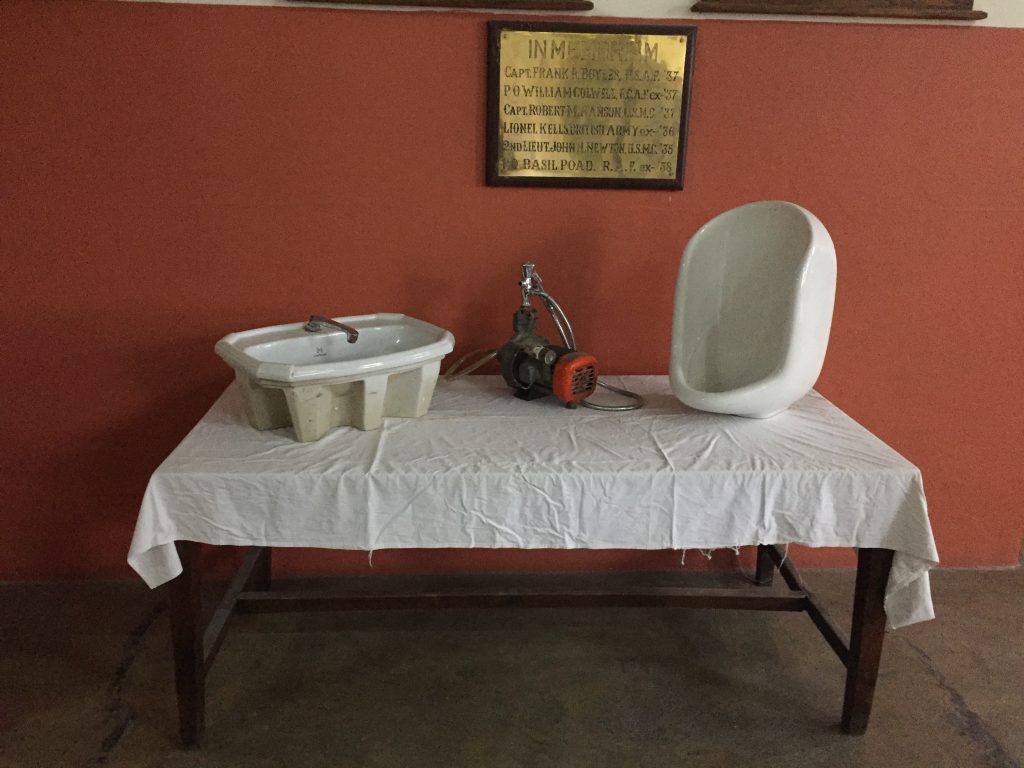
The traveler explores the American Wayside, verifying the contents of a mysterious guide written by a man with whom he shares a likeness and name. Excerpts from ‘Autumn by the Wayside: A Guide to America’s Shitholes’ are italicized. Traveler commentary is written in plain text.

At some point in my traveling I’ve visited enough of Oregon’s rest stops to realize there is always a weathered sedan in a corner of the parking lot and it isn’t until I’ve stumbled across a throwaway sidebar in Shitholes regarding the statewide program that places them that I take the time to look over the accompanying signage. Before I have a chance to read anything, however, a man shouts from behind me:
“Stop right there!” he screams, “Put your hands up! Up where I can see’em!”
My hands are in the air before I realize what I’m doing.
“All right,” the voice says, “Now, turn around slowly.”
I turn and find the parking lot empty.
“Not bad,” the voice says, “You have an 86% chance of surviving an interaction with the Oregon State Police. Press the button on the side if you’d like to try again or hop in the car to begin the Helping Hands experience”
My hands are still shaking as I lower them. This thing is about as stupid as Shitholes suggested.
‘Following a series of routine traffic stops that ended with the fatal shooting of civilians, Oregon moved forward with an initiative to provide free training to those who might find themselves dealing with the Oregon State Police. The simulation, dubbed ‘Helping Hands,’ focuses mainly on the player’s ability to follow orders in quick succession- placing one’s hands on the wheel of the car, waiting for the right moment to roll down the window or to find the insurance papers underneath the passenger seat, and generally maintaining a calm demeanor throughout.
The ‘Helping Hands’ software modules have seemingly been abandoned and several user-noted glitches persist. The first causes the officer (a simulated voice) to escalate an encounter without prompt, resulting in the occasional no-win situation. The second is a not-uncommon camera glitch that fails to accurately capture the movements of a ‘small minority’ of players.
Asked about the future of the ‘Helping Hands’ simulations, the committee in charge has insisted that they will continue to monitor the machines and that they strive to expose the public to ‘the most accurate representation of the Oregon State Police as is feasible with current technology.’
-traveler
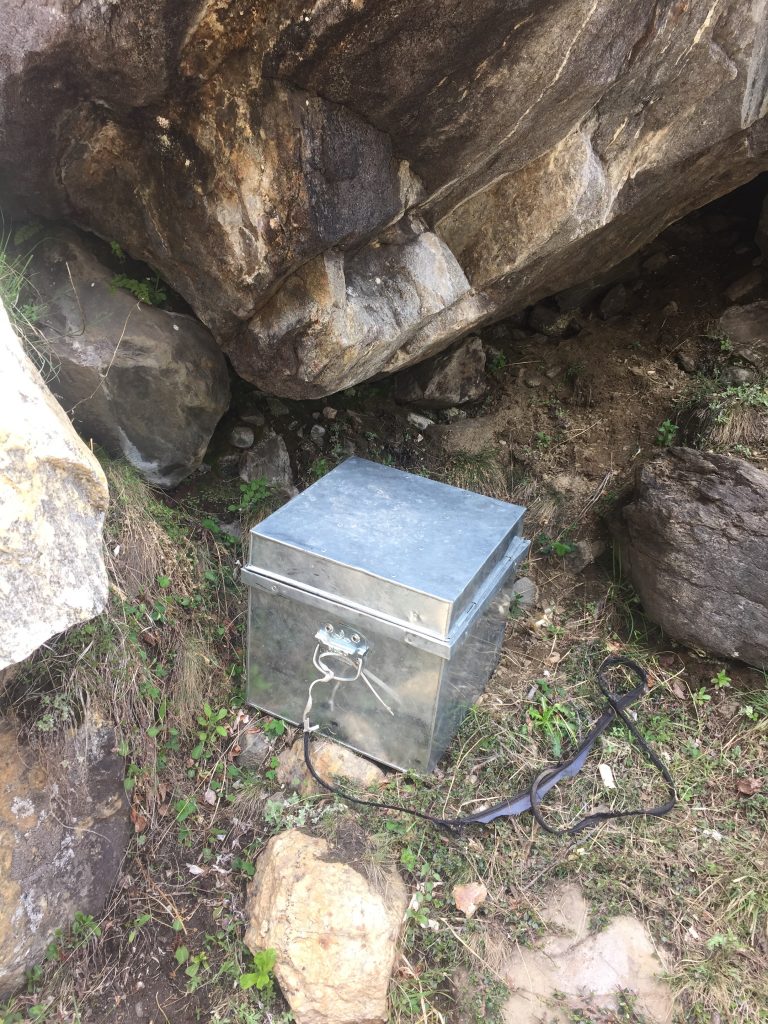
‘Like over-sized, socialist mailboxes, neighborhood ‘libraries’ have appeared along small-town American streets for decades, each with a sign that patronizingly details the honor system with which they lend out surplus paperbacks. Recognizing some potential in the idea, the town of Blocksberg dedicated a portion of taxpayer money to the construction of, what might only be called, a large-scale, free-standing library. It towers over the local park, a building in its own right, and is capable of housing thousands of books in carefully organized sections. City employees are paid to maintain the ‘library’ and to facilitate the lending policy at the scale to which it has grown. Asked about ‘The Blocksberg Public Library,’ residents become cagey, insisting, with cult-like zeal, that there is nothing strange at all about it.’
“What?” the librarian says, “No. No, that’s stupid. Why would anybody think that’s the order of how things happened?”
-traveler
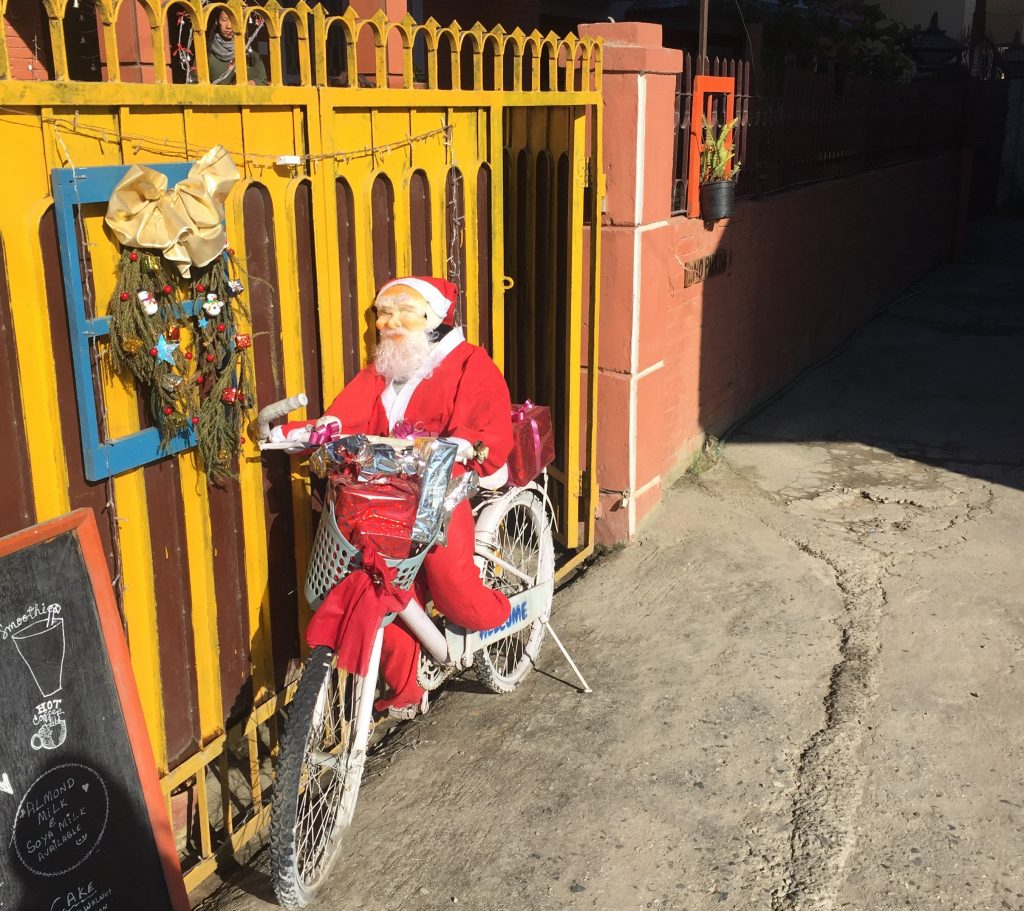
The sidewalks of Bennet, West Virginia are invisible under a layer of carpeting. Much of it is the coarse, durable stuff one finds in the hallways of corporate offices but I note that manholes sport the sort of outrageous shag reserved for toilet seat covers. An attempt at irony? Given the state of Bennet, it’s hard to know what is a conscious choice and what is a symptom of the disease.
I stop for a while to help a man tear the carpet from his driveway. We haul it into the backyard and toss it into a fire burning there. Smoke, greasy and black, rises from the pile and seems to hasten nightfall.
“It’s a real pain,” he tells me, “The new stuff’s all fire retardant.”
‘39th Street in Bennet, West Virginia is theorized to be the origin of ‘The Great American Living Room.’ Formerly a neighborhood devoted to off-site college housing, a particularly friendly cohort of students extended their couch-on-the-porch lifestyle into a cozy, cross-street ecosystem of pillows, floor lamps, and shelves of donated books one spring, hosting LAN parties in yards and projecting sitcom re-runs on an off-white garage door. Much of the set-up eventually drew back within property lines but, by then, the damage had been done. Just as cigarette smoke and violence tend to linger in a place, the archetypal living room imprinted on the street and became the catalyst for the current nation-wide epidemic.
Swollen, ragged couches are estimated to exist on the streets of at least 17% of American neighborhoods; that number jumps to 25% if porch couches are included. Lamps and coffee tables are rarer, though not at all uncommon. The CDC has requested that rental leases include clauses regarding the removal of outdoor furniture but this has only slowed the spread of ‘The Great American Living Room,’ its epicenter theorized to be the small, southern town.
Bennet, meanwhile, has transformed beyond saving and a strict furniture quarantine has been implemented there while experts study the area. To tour Bennet is no different than patronizing the tasteless ‘freakshows’ of yore- it amounts to gawking at disease.’
Shitholes says a good deal about the physical changes of Bennet but skims over the psychological impact of the place. The man who burns the carpet in his backyard does so with a vengeful sort of glee. When he speaks, he speaks as though ‘The Great American Living Room’ spreads with intelligent purpose. He believes it’s alive. He warns against buying lawn chairs, says he won’t even keep houseplants or pets.
“We don’t know what set it off,” he says, “But now we gotta keep the outside out and the inside in.”
Several blocks down, I find the families that are more commonly represented in articles and documentaries about Bennet- those that choose to live in ‘The Great American Living Room.’ All of the houses past a certain point have thrown their doors open or removed them entirely. Window frames are empty and furniture spills from the porch. Entertainment systems trail cords into the yard, lending an umbilical eeriness to the people with their feet up on sofa, faces glowing with starlight and the evening news.
When I try to speak to them they chase me away, screaming as though I were an intruder in their home which hurts, a little, because it’s the first time in three and a half years that I’ve been in anything like a living room. The man from before sees my downtrodden retreat and offers me a night on his sofa, a kindness that immediately brings tears to my eyes. We’re careful to leave our shoes on the porch.
“Just in case,” he says.
-traveler
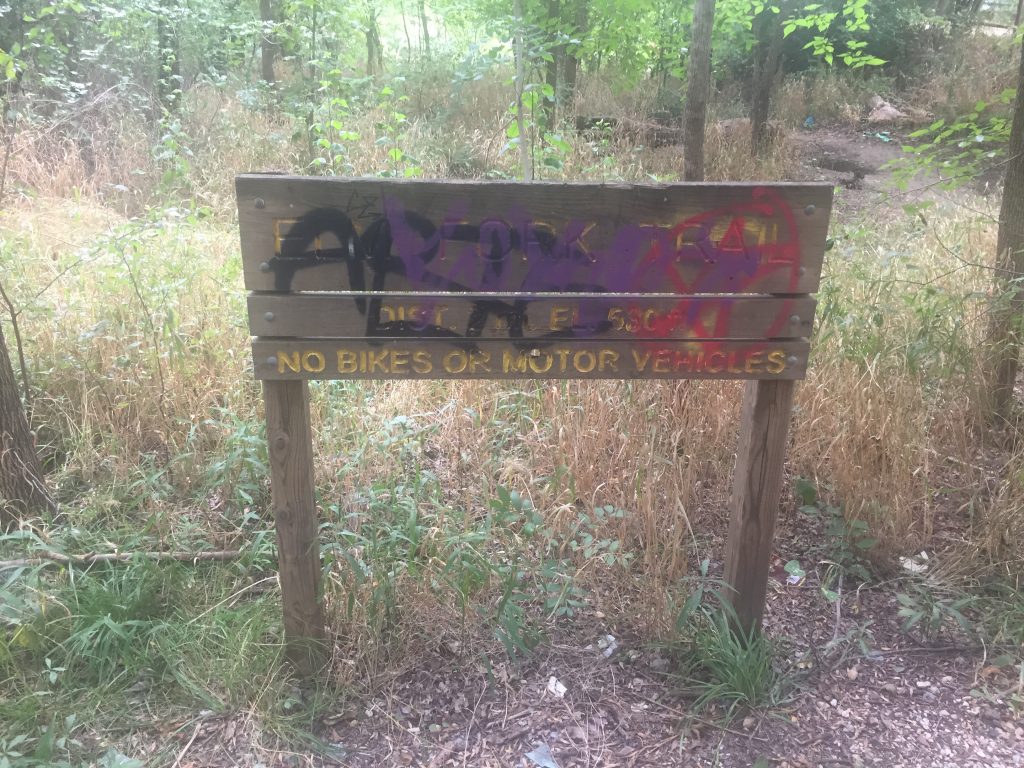
‘Deep in Redwood National Park there is a trapdoor. It is wooden (and red) but not made of the redwoods (as one might suspect). Anyone who has visited an old-growth forest will tell you that the trees, there, cast shadows on the ground like hastily discarded clothes and are so haphazardly crisscrossed that the earth is practically piled in darkness, even in the daylight. In this instance, the shadows make it difficult to find ‘The Red, Wood Trapdoor.’ More difficult than one might suspect. One might suspect that the trees try to hide it.
No, GPS doesn’t work; the signal gets lost in the canopy. Radio fairs better, assuming it doesn’t have to pass through the foliage to get to where it’s going. Signs are roundly gobbled up. When they’re not, they eventually become vandalized by something that suggests it might be the trees, that seems to want a wider audience to believe the forest has learned to purchase and utilize spray paint. One commonly finds the word ‘WEED’ stenciled across the signage in the deep woods. Environmental activists or immortal middle schooler? Difficult to say.
The only reliable way of finding ‘The Red, Wood Trapdoor’ is by following a printed map, which rankles the trees. Having no conception of printers or even, really, of the written word, they’re upset to see one of their own give up the secret so easily. Younger forests understand technology in way that the redwoods likely never will.
‘The Red, Wood Trapdoor’ is known to the government. The Park Rangers have installed a deep, cement well around it and a thick, metal gate over the top. The bars are close and crisscrossed like the shadows, leaving only enough room to carve one’s initials. So many people have left their mark that the door is thinning and one must pack longer knives each year to cut even a few splinters away.
A fellow named Owen Pearl has been given special permission to study ‘The Red, Wood Trapdoor’ following years of careful observation between the bars. He carries ‘A Red, Rusted Key’ on his belt. Sometimes he opens the gate and he kneels there, on the ground, with his hands on ‘The Red, Iron Ring’ and he raises the trapdoor up an inch or so and when it sticks he kneels further to dig his nails into the exposed rim. Pearl is a thin man and the vein of his arms swell to intricate gilding as he pulls. Pearl struggles, until he doesn’t. He invariably lowers the trapdoor again, the anticipation- the fear of anticlimax- too much.
‘It itches like a scab,’ he says in an interview with the local paper, ‘Can’t heal if you keep picking at it.’
-excerpt, Autumn by the Wayside
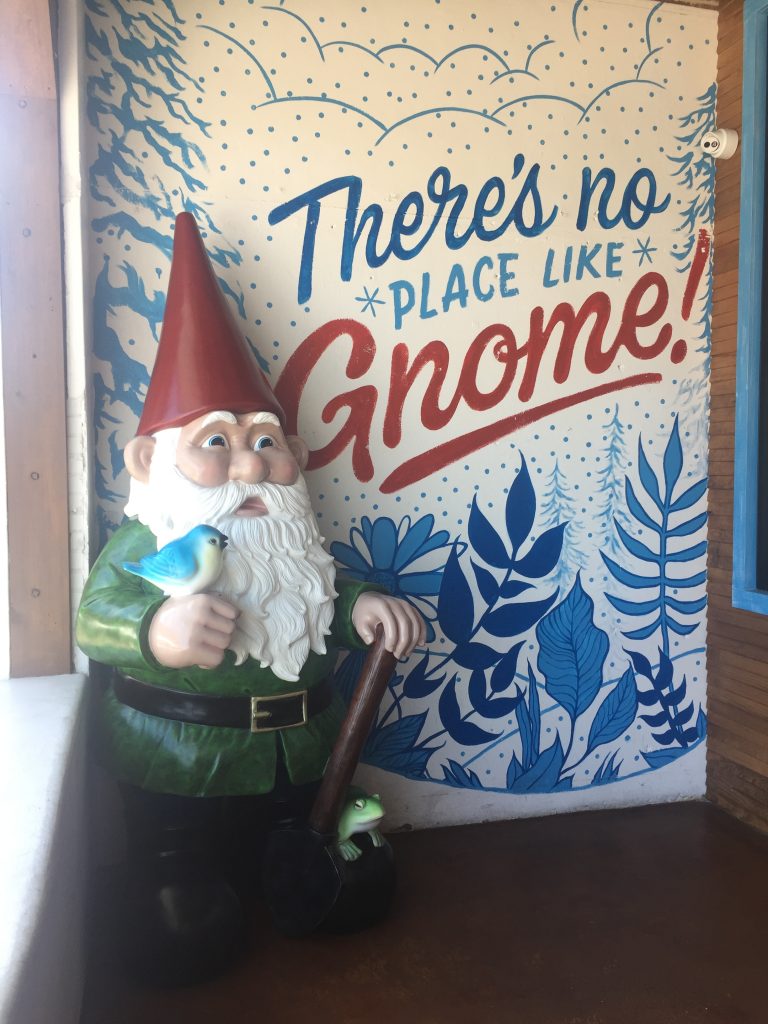
‘‘The Rocky Mountain Hotspot’ is among the dwindling sites that remain unrecognized by state and federal governments and, therefore, remains unmarked and difficult to find. This non-acknowledgement contributes to its quirk, which is that it’s only feasible to pinpoint ‘The Hotspot’s’ exact dimensions with sensitive infrared equipment or to arrive after a storm when it stands out in the snow. The deep volcanic warmth at the center of this mountainous field keeps it warm and relatively dry during mid-winter blizzards and veils the area in a charming mist that freezes on beards and eyelashes as soon as a visitor leaves its borders. The effect is difficult to recreate digitally and so it has become a destination for the hardier brand of travel-flavored social media influencers in Colorado’s kinder months (October and November, specifically).
Few spend the night directly over ‘The Rocky Mountain Hotspot,’ though it would be, by all accounts, a novel experience. Those who have tried claim the mist becomes claustrophobic in the dark, that it fills up tents and makes the air too thick for human lungs. Others cite the unbearable warmth of the earth below or say that the grass seems to squirm silently under the fabric of their sleeping bags. Still others recount the sighting of beasts that come in from the cold to sleep nearby- things that eye them with wide pupils, things that could kill them if provoked.
Whatever the story, ‘The Rocky Mountain Hotspot’ exudes an otherworldly sense of taboo with a dark horizon. Though there have been no reports of fatalities in the fields as of this entry, nobody will be particularly surprised at the first.’
I experience a suitable amount of regret when the last embers of sunset extinguish, though there is little choice left but to remain. The long, cold drive has exaggerated ‘The Hotspot’s’ ambient temperature and, when the wind scours the field, I realize how damp my clothes have become and how dangerous it will be to suffer the night. The storm arrived just after I did. It would be impossible to navigate the bike back down.
Another hour passes before I submit fully, laying directly on the earth to expose as much of myself to the warmth there as is humanly possible. Even now I rotate at ten minutes intervals or whenever my upward extremities start to numb. The mist is dizzying even in dim light but when I switch it off something shifts in the dark, breaking sticks and huffing like a tired mule. I close my eyes and roll circles around my electric lantern on its lowest setting, counting the seconds till morning.
-traveler
© 2024 · Dylan Bach // Sun Logo - Jessica Hayworth